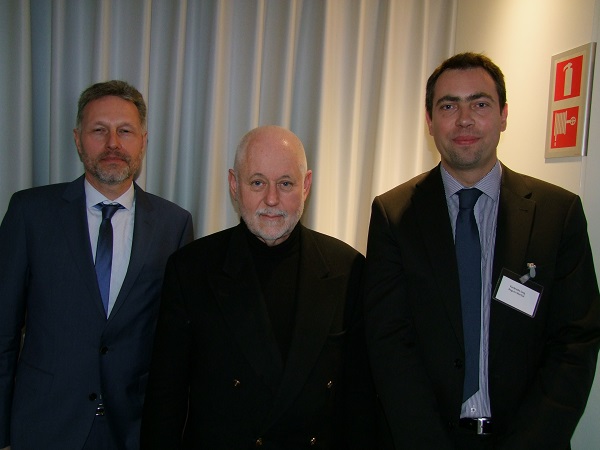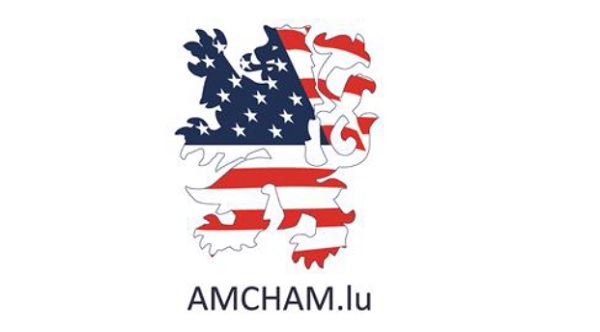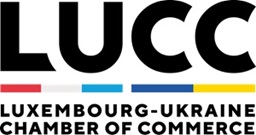
The issue of liability on the part of CEOs and company directors has become far more complex than before, in no small part due to the onset of globalisation, with risks, liabilities and opportunities all evolving; a survey of 451 executives shows that lawsuits cost an average of in excess of €250k.
Directors and Officers Liability insurance is offered to offset the threat of financial loss in case the organisation is not successful (in many ways); it is becoming a hot topic in both the public and private sector. There are new, emerging risks coming along too, including cybersecurity.
Directors have several duties and liabilities imposed upon them under various provisions of the law; if directors are held to be personally liable, they would have to defend and pay damages (if awarded) on their own. When someone launches their own company, they open a certain level of liability. The duties include duty of diligence (duty of care), duty of loyalty and duty of obedience, all covered by various legal bases.
Directors and Officers (D&O) insurance provides indemnity for individual directors, and provides for legal costs, settlements and compensation, and losses arising from directors and officers committing a wrongful act in carrying out their duties. Cover can extend to part, present and future directors and officers of an organisation and its subsidiaries, as well as all employees (re Employment Practices Liability), as well as spouses and legal representatives of directors and officers.
With volatile market conditions, adequate D&O cover is argued to be essential for senior managers who are becoming more preofessionally vulnerable, with regulators and politicians now holding individuals accountable, with D&O policies covering personal assets.
Some industry sectors are higher risk thsan others, with green energy, airlines, biotech & pharma, telecoms, high-tech and software sectors at the top. 45% of claims come from regulators (breach of statutory provisions, market misconduct), with Employees 17% (discrimination, harassment, libel and slander, improper working conditions), Shareholders 6% (mismanagement, decline in investments, etc.), investors and competitors.
Such liability also expends to directors and officers at not-for-profit organisations. Claims can occur, for example, when directors exceeds their powers, non-respect of deadlines re preparing annual financial statements, breach of statutory provisions by the payment of excessive remuneration, occupational accident from lack of supervision, non-payment of social security contributions, psychological harassment of employees, failure to declare income to authorities,...
In cases of bankruptcy, third parties - like the government, suppliers, members of staff, customers or anyone who feels deceived - may take action against the Director of a corporation. He/she may be liable if he/she damages the corporation in breach of their legal duty, mix personal and business assets or fail to disclose conflicts of interest.
For public companies, claims may arise from creditors, customers, regulators and competitors. For non-profit organisations, claims are typically related to employment practice or other fiduciary claims. For private companies, claims are often filed by competitors or customers for anti-trust or deceptive business practices.
On Monday, the American Chamber of Commerce in Luxembourg (AMCHAM) held its monthly ABAL luncheon at the Hotel Parc Alvisse in Luxembourg-Dommeldange on the topic of "A false sense of security" focusing on company directors' responsibilities and liabilities, with Raymond Lang, General Manager, and Martial Beguin of Vanbreda & Lang, as guest speakers, insurance brokers. Martial Beguin revealed that the entry cost of such D&O insurance is around €1,500.
Photo by Geoff Thompson (L-R): Raymond Lang, Vanbreda & Lang; Paul Schonenberg, AMCHAM Luxembourg; Martial Beguin, Vanbreda & Lang.








